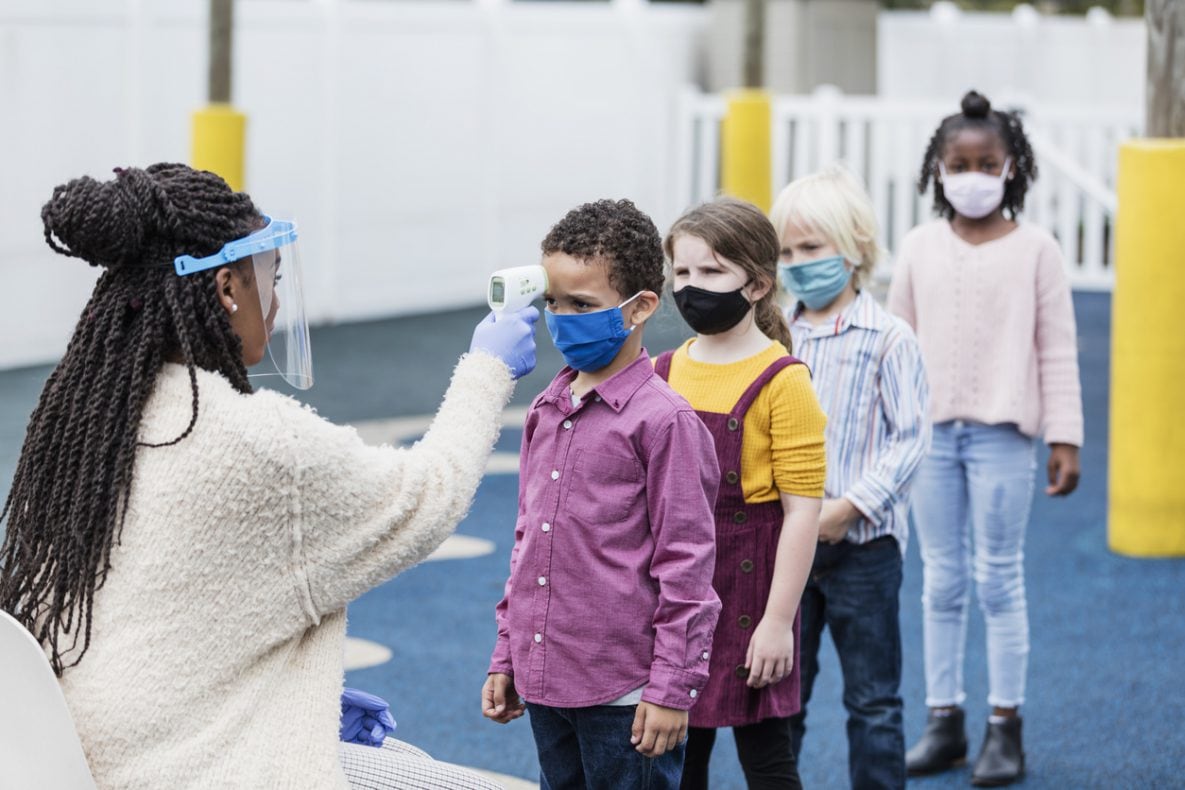How To Get Accepted Into Nursing School

Both the National Association of School Nurses (NASN) and the American Academy of Pediatrics (AAP) recommend that school districts provide a full‐time school nurse in every school building.
In 1902, the first-ever school nurse, Lina Rogers, reduced absenteeism by helping students and their families manage contagious diseases. Learn how school nurses continue to care for students over a century later.
In the United States, more than 40% of school-aged children and adolescents have at least one chronic health condition,1 such as asthma, diabetes, seizure disorders, food allergies, or poor oral health. For these students, school nurses—who are often the only health care provider in a school—play a large role in the daily management of their conditions. School nurses may be the first to identify chronic health conditions in students through routine health exams.
School nurses help students and families in many ways.
Research shows that some students with chronic health conditions may miss school more often than others. Eventually this absenteeism may affect academic performance. Schools can help students with chronic health conditions by providing services through a school nurse or school-based health center.2
A school nurse can help students and their families get access to health insurance, coordinate care by communicating between the family and health care providers, and educate families on what health care services are available to their child at school.
The benefits of school nurses reach beyond the school walls.
School nurses not only make a big difference for student health and academic achievement, they can save money. Research shows that for every dollar spent on school nursing, society saves $2.20.3 These savings come from preventing costly emergency room visits and parents missing time at work to care for sick children.

School nurses are providing school health services for students both in-person and remotely.
The roles and responsibilities of school nurses are expanding to deal with public health crises.
School nurses are playing an important role in keeping schools open for in-person learning during the COVID-19 pandemic while protecting the health and safety of students and staff. School nurses are:
- Providing school health services for students both in-person and remotely.
- Evaluating students for COVID-19 symptoms and exposure routinely.
- Educating staff, students, parents, and community partners on COVID-19 prevention strategies.
School nurses are also setting up employee wellness programs and learning new skills to provide mental health services and referrals for students and their families.
More information
- CDC School Health Services
- CDC Managing Chronic Health Conditions in Schools
- CDC Family Engagement in School Health Services
References
- National Survey of Children's Health. NSCH 2018-2019: Number of Current or Lifelong Health Conditions, Nationwide, Age in 3 Groups website. Accessed February 24, 2021. https://www.childhealthdata.org/browse/survey/results?q=7625&r=1&g=787
- Leroy Z, Wallin R, Lee S. The role of school health services in addressing the needs of students with chronic health conditions: a systematic review. J Sch Nurs.2017;33(1):64–72.
- Wang LY, Vernon-Smiley M, Gapinski MA, Desisto M, Maughan E, Sheetz A. Cost-benefit study of school nursing services. JAMA Pediatr. 2014;168(7):642–648.
How To Get Accepted Into Nursing School
Source: https://www.cdc.gov/healthyschools/features/school_nurse.htm
Posted by: denniefout1942.blogspot.com

0 Response to "How To Get Accepted Into Nursing School"
Post a Comment